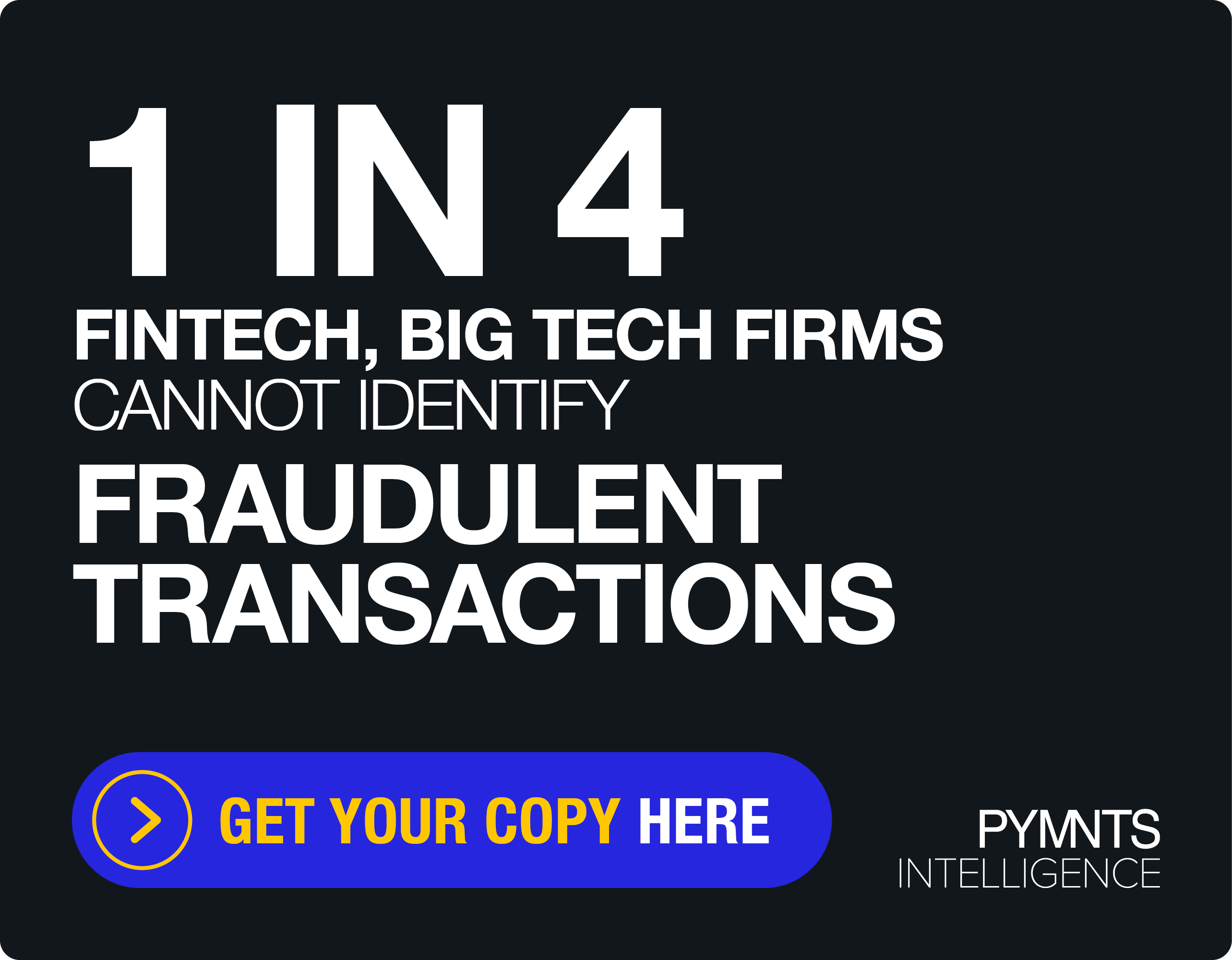B2B Customers Now Expect a B2C-Like Seamless Purchasing Experience

The consumerization of B2B payments got its start around 2007 or 2008 and has been accelerating in the years since, Paddle CEO and Co-Founder Christian Owens told PYMNTS.
It was kicked off with the introduction of the iPhone, and then the Apple App Store made everybody software consumers. Whereas before that had mostly been the domain of executives choosing products for companies, software suddenly became something used by a billion consumers around the world.
“It just so happens that those billion people also worked in businesses,” Owens said. “So, this seamless purchasing experience that suddenly they were exposed to as individual consumers — i.e., I can pay with a credit card and they can do it really quickly, or I can pay with a wallet or Apple Pay or whatever it might be — suddenly when those people went back to work, they then expected those sort of payment experiences at work as well as at home.”
The Need for a Seamless Experience
That consumerization of B2B payments has continued over the last decade or so, and in more recent years, it has gotten to the point that asking someone for a check or a wire transfer has become a barrier to making the sale.
“People expect that experience to be more seamless and [with] there being more choice than ever before for businesses of where to buy and more competition, suddenly all of these … consumer-focused payment methods historically now have to be applied to B2B purchasing as well,” Owens said.
Paddle meets this need as a revenue delivery platform for B2B Software-as-a-Service (SaaS) companies. On Nov. 16, the company announced in a press release its integration of Alipay, Google Pay and iDeal as accepted payment methods.
The Challenges of Implementing B2C-Like Transactions
Businesses that are working to keep up with the demands of their B2B customers and make B2B transactions look and feel more B2C face three challenges, Owens said.
First, there’s the problem of internationalization. As businesses begin selling in more places, they find that the buyers want to pay in different ways. Supporting all those different payment options can become an operational burden.
Second, there’s the cost of compliance in all these different places. Each may have its own payment regulations, sales taxes and other regulations.
“Suddenly, to sell in 100 different countries, you’re dealing with 10,000 different permutations of these different things,” Owens said.
Third, there’s the risk that when a business tries to solve the first two challenges itself, it ends up using a dozen disparate solutions and creating another operational burden. Businesses would rather be able to log into one tool that would tell them, for example, how much revenue they made today.
“The third problem is one that is caused by trying to solve the first two on your own,” Owens said. “Really, what we’re trying to do is solve all three of those things in one place.”
A Potential Shift in How Payments Happen on Mobile
Owens said he finds that many of the B2B SaaS companies Paddle serves come to the company for a solution when they’ve grown to where they are selling across different channels in different geographies, and selling to larger customers that may buy more than $100,000 of subscriptions at a time.
Looking ahead, Owens said he is watching the Epic Games versus Apple lawsuit that could force Apple to allow third-party payment options in the App Store. That would create an interesting shift in how payments happen on mobile, with commerce that’s now happening on a closed ecosystem being opened up to competition.
“It’s going to be incredibly interesting to see what happens because of the increased competition from a payments perspective,” Owens said.
